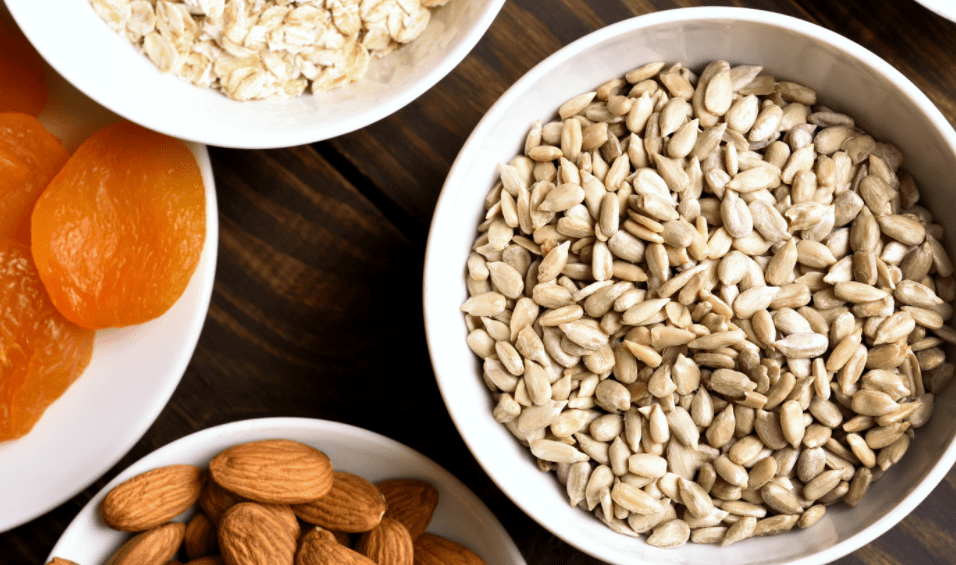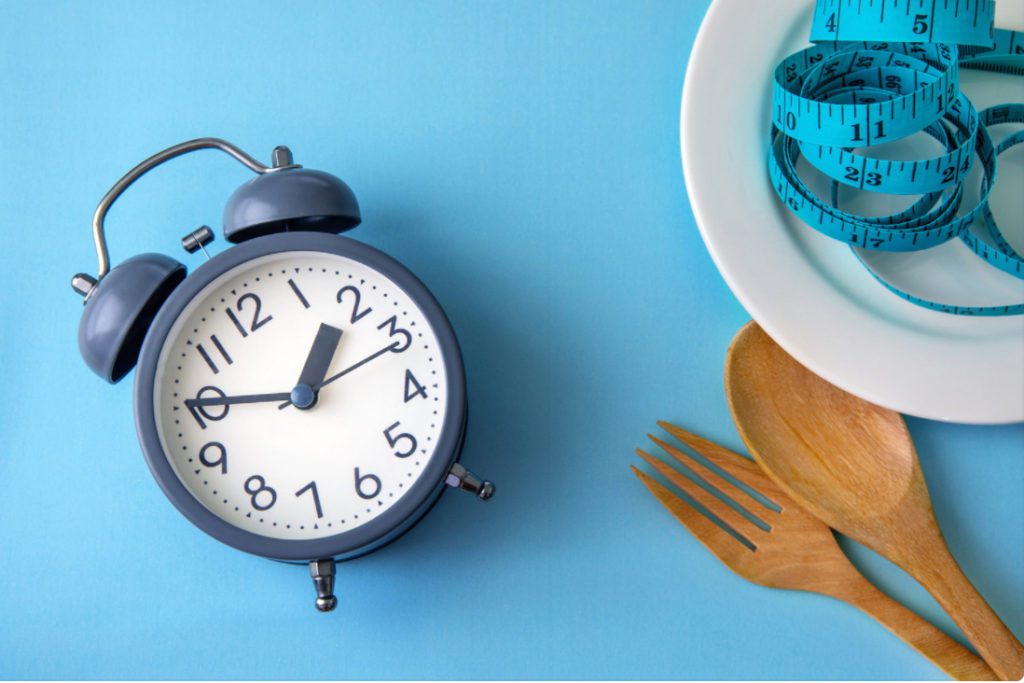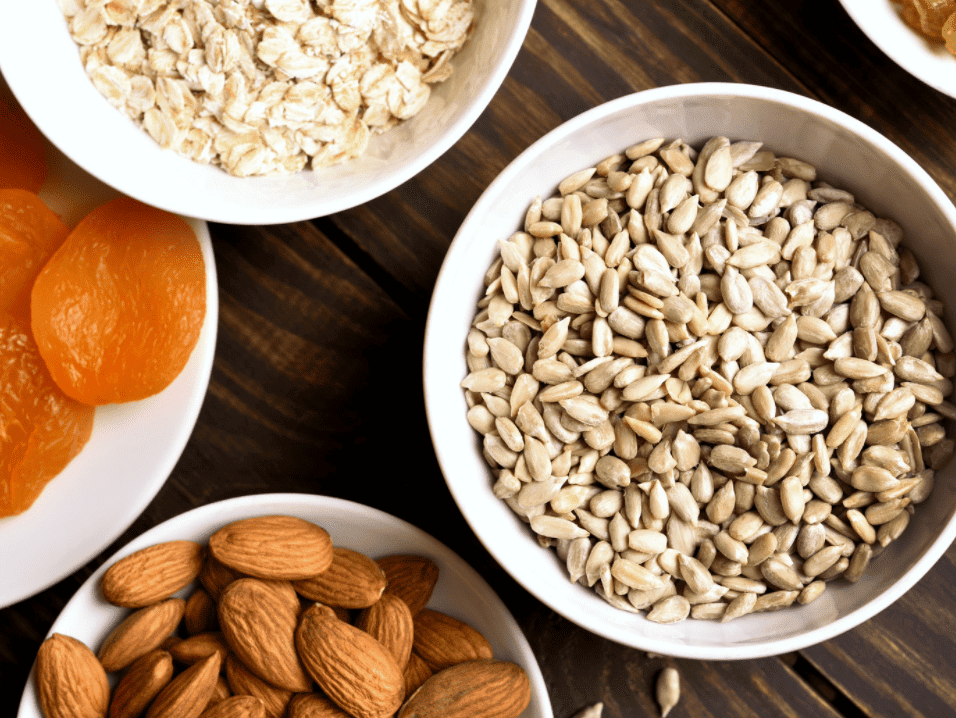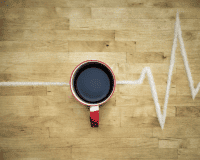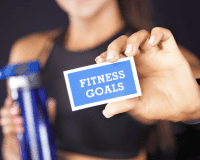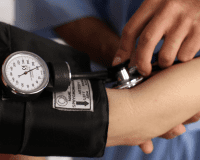What to Eat During the Holidays to Keep Your Body Composition
What to Eat During the Holidays to Keep Your Body Composition
Three steps to maintaining your body composition during the holidays
The holidays are upon us. Between the frequent gatherings and endless shopping trips, it’s hard to keep a consistent gym schedule, much less a healthy eating schedule. One study found that people gain an average of 500% more weight per week during the holiday compared to non-holiday weeks!
No worries. Nutrition Nation is here to help you maintain your body composition and provide support to avoid holiday weight gain.
Body Composition
First, come get an InBody scan at the store. You can test your body composition to get your biometric data like percent body fat, muscle mass, and fat mass. Use the InBody to set a baseline to see how much fat you lose, or how much stronger you’ve become over the next few months.
In less than 60 seconds, an InBody scan can provide you with additional information like:
Segmental Analysis: Learn how much muscle and fat is in each of your body segments (right arm, left arm, torso, right leg, left leg) to identify areas of weakness.
Visceral Fat Analysis: Learn how much fat is surrounding your major organs. Visceral fat is associated with risks of developing diseases like cancer, diabetes, and stroke.
Basal Metabolic Rate: Find out how many calories your body burns while at rest so you can calculate how much food you should be eating per day.
Read more about body composition.
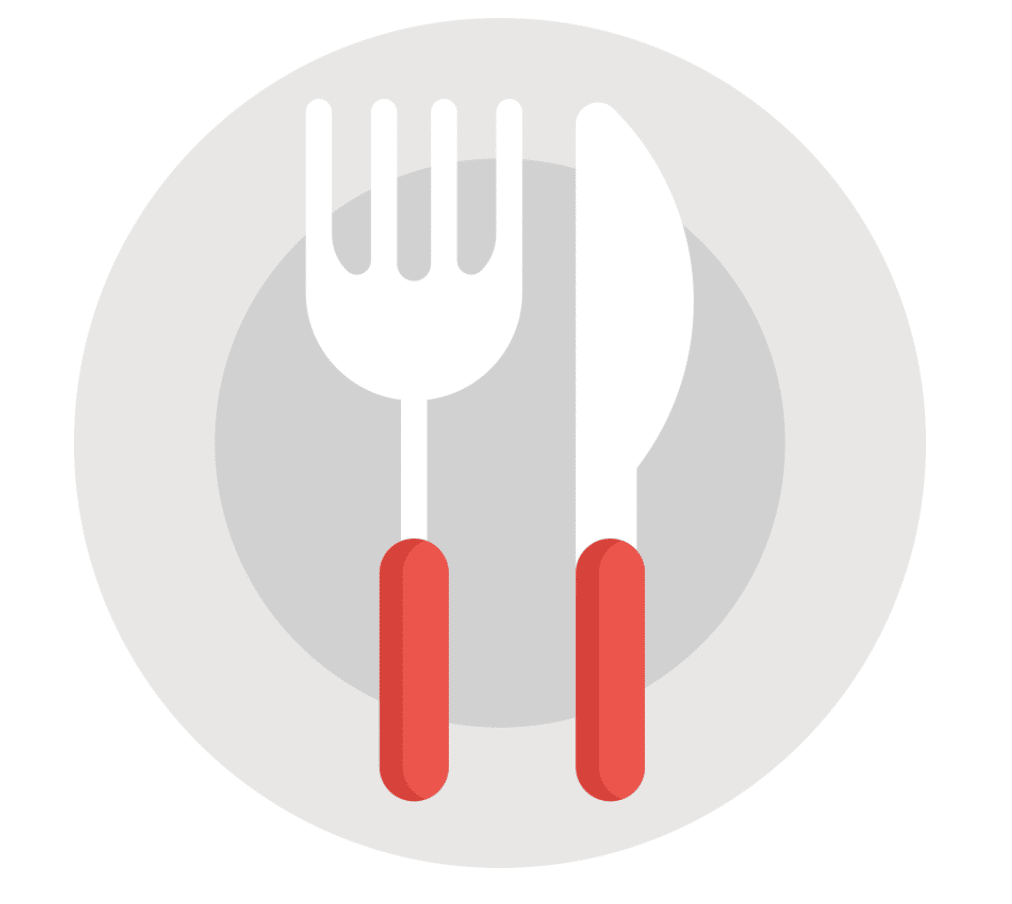
Eat Healthy
Second, watch what you eat for the next few months. You’re going to be tempted to indulge in all the salty, sweet, and carboliscious foods associated with Thanksgiving, Christmas, and New Year’s, but you have to be strong!
Here are a few nutrition tips to stay on track during the holidays:
Eat 1 plate of food. Fill it with lean protein (like turkey), vegetables (greens are best), and healthy carbs (like sweet potatoes). Have small servings of guilty pleasures.
Limit alcohol and sugary beverages. This may be a hard one. Have seltzer with a lime, or if you absolutely have to, have a glass of wine. Sip it and savor it.
Drink a ton of water. This will keep you full and dilute the sodium found in many holiday foods.
Have dessert. Make it something REALLY worth it. Have a half serving. Or, make your own healthy dessert and bring some to share.
Protein up. Drink a protein shake 60 minutes before mealtime. This will bring you in to the meal already satiated and not ravenous.
Stop before you’re full. Eat slow, chew slow, enjoy the heck out of your food. This will allow your brain to catch up to your stomach and keep from over-eating.
Learn how to count macros.
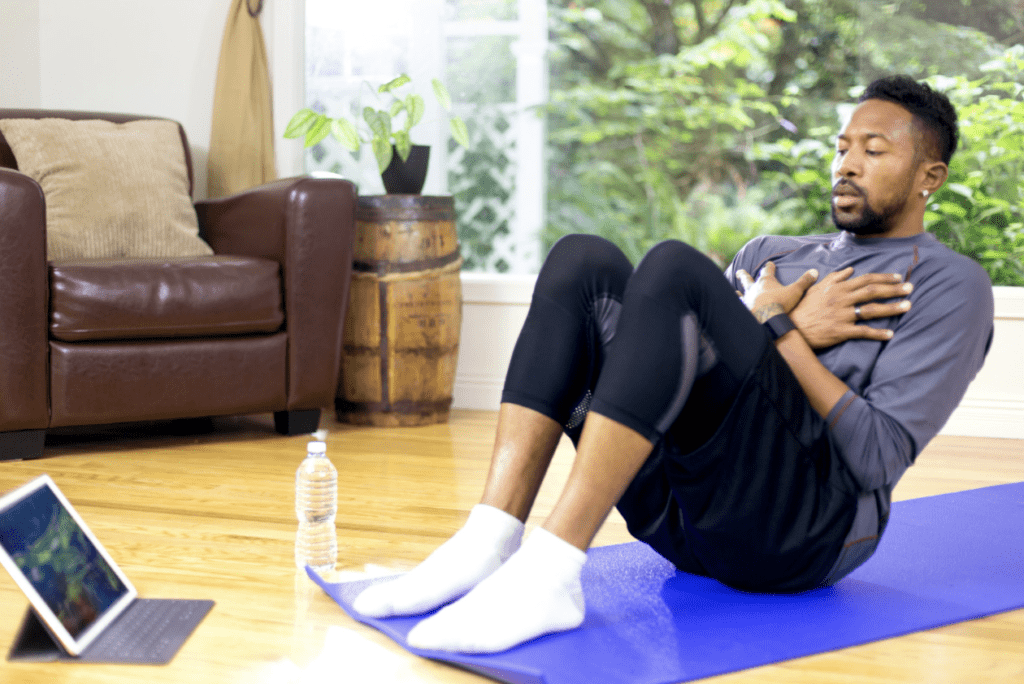
Work Out
Third, make time to work out. Holiday foods are high in calories, so you need to do something to work them off. Even if you can’t make it to the gym, go for a walk or jog, do some isometric exercises when nobody’s looking, pack some resistance bands in your suitcase when headed to the relatives – hey, something is better than nothing!
Here are some core exercises you can do without equipment.
Happy Holidays
Enjoy your time with your family, just pay attention to what you’re eating and make time to work out. Then head back to Nutrition Nation to get your body composition to see how well you did!


